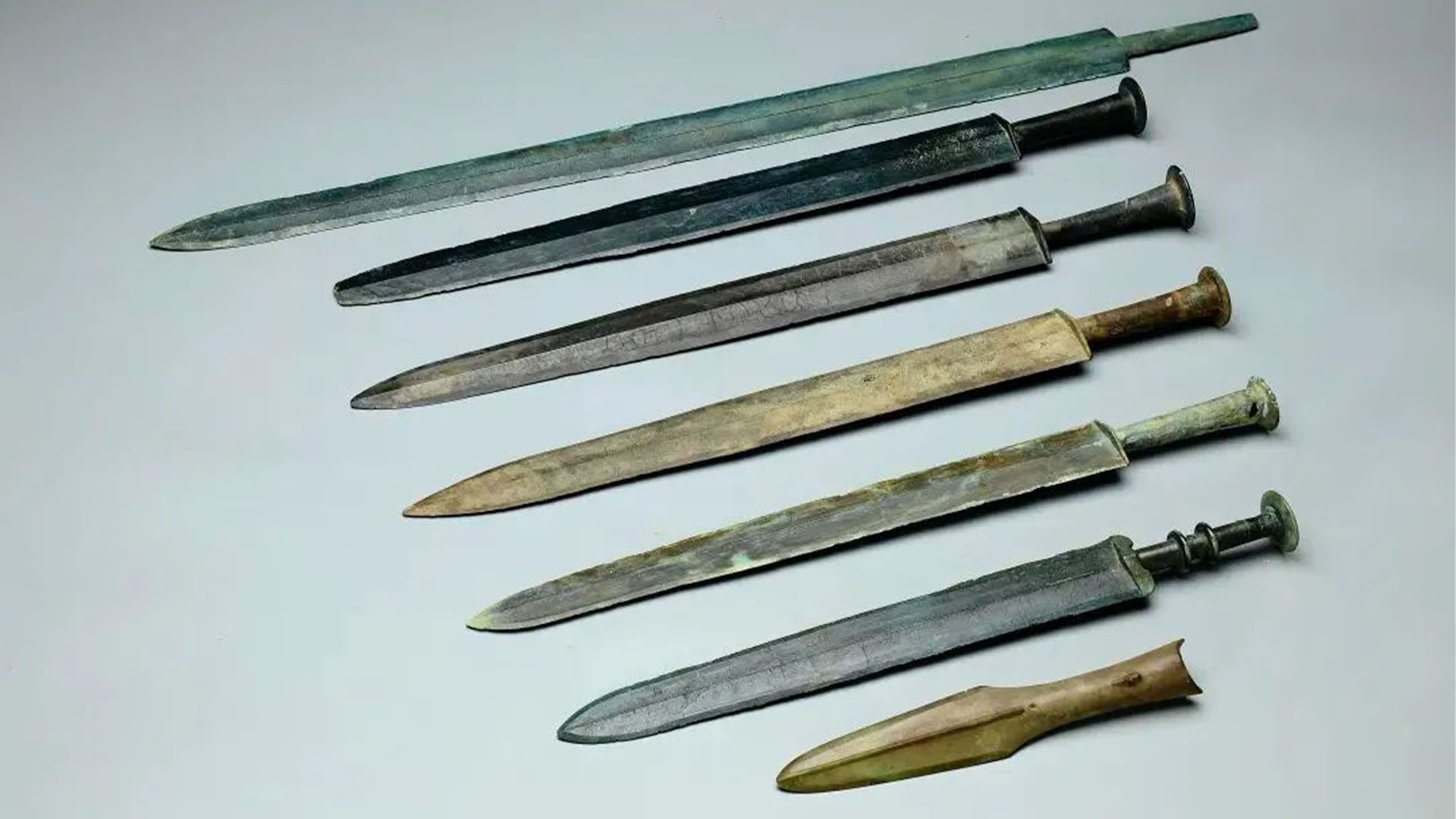
Archaeologists in China have unearthed hundreds of tombs and relics, including several bronze swords, dating from the Warring States period more than 2,200 years ago.
The tombs and artifacts were found at the Baizhuang Cemetery in the village of Dengcheng, which is part of the city of Xiangyang in China's central Hubei province.
According to a translated statement from provincial and city archaeologists, excavations in November 2023 unearthed more than 500 cultural objects, including the swords, copper tripods, ritual vessels, pottery, jade rings, lacquerware, boats and a chariot buried beside the skeletons of two horses.
The artifacts were found in 174 tombs in the cemetery that date to roughly between 478 and 221 B.C. The archaeologists also found two tombs from the time of China's Han dynasty (206 B.C. to A.D. 220).
Xiangyang was part of the powerful Chu state at the time. The archaeologists hope the finds will cast light on both the period and the state itself.
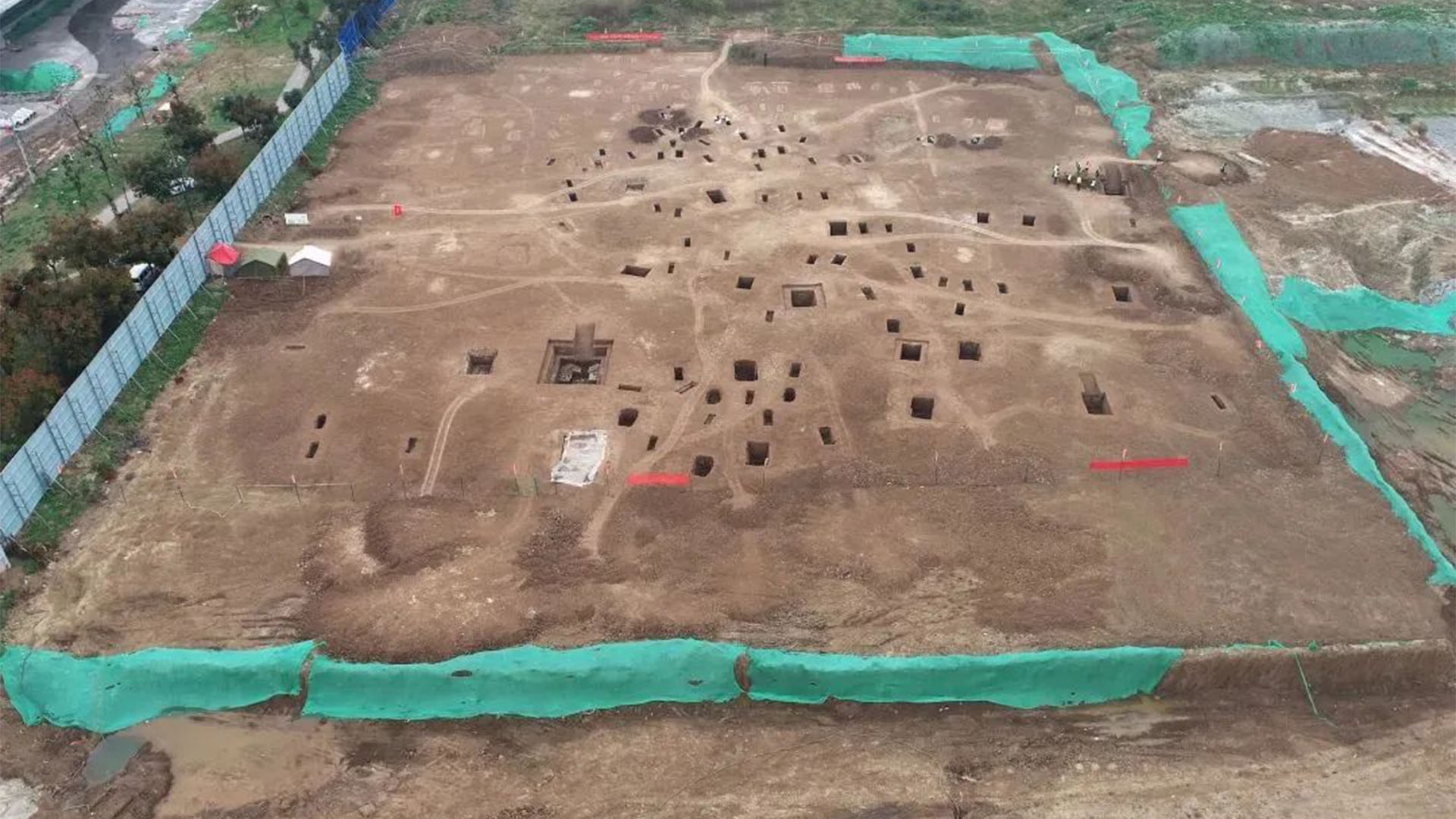
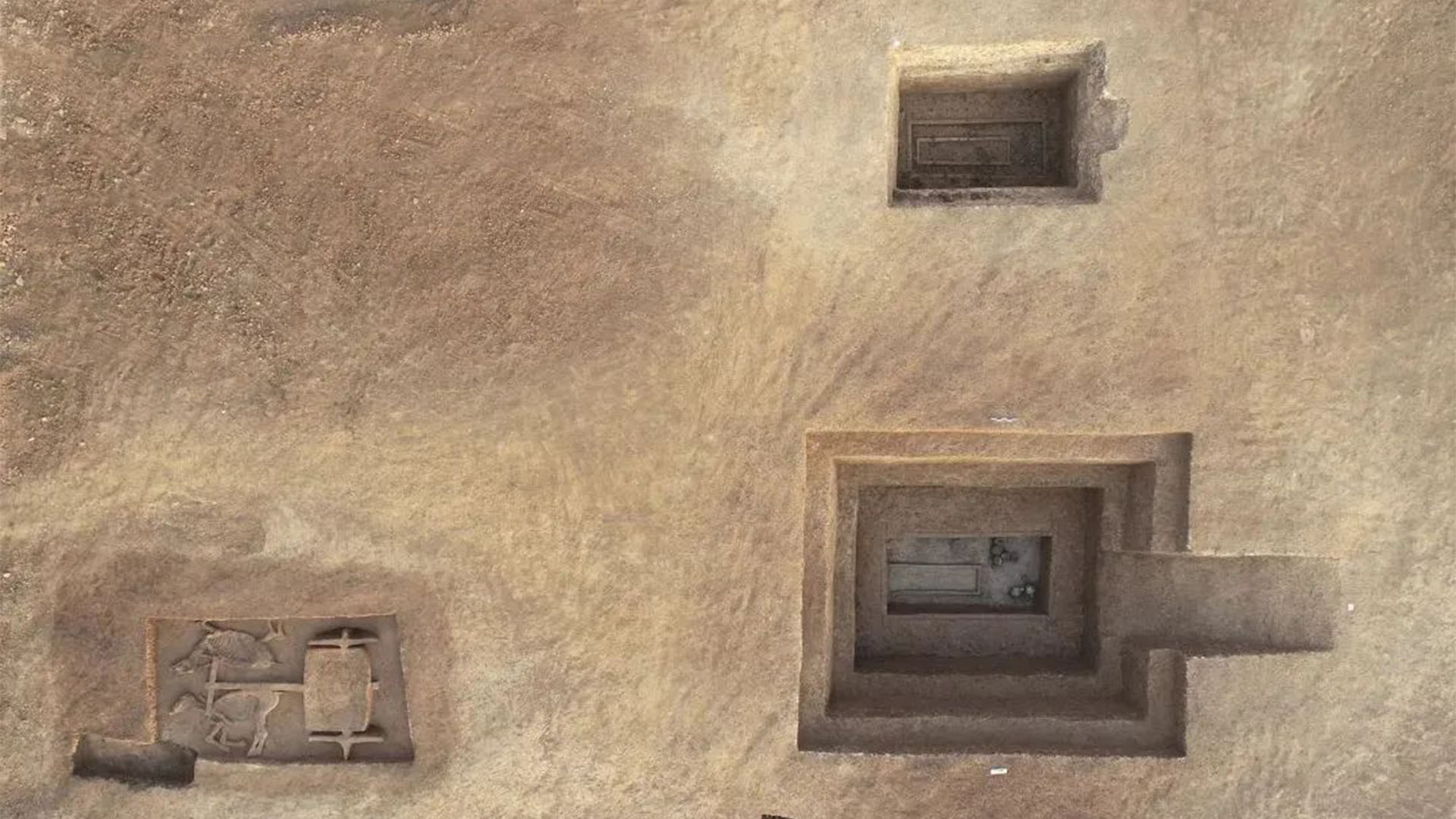
"This excavation provides a number of new materials for the study of funeral customs in Xiangyang area in the middle and late Warring States period, and also provides important physical materials for the study of Chu culture," the statement said.
Related: Lavish, 800-year-old tombs in China may hold remains of Great Jin dynasty elites
Warring States
Experts consider the Warring States period a formative time in Chinese history, when seven ancient states — Qin, Han, Wei, Zhao, Qi, Chu and Yan — vied for supremacy.
It followed what's known as the Spring and Autumn period, when regional lords eroded the authority of central China's ruling Zhou dynasty; and it concluded with the Qin wars of conquest, which led to the first unified Chinese Empire under the Qin dynasty.
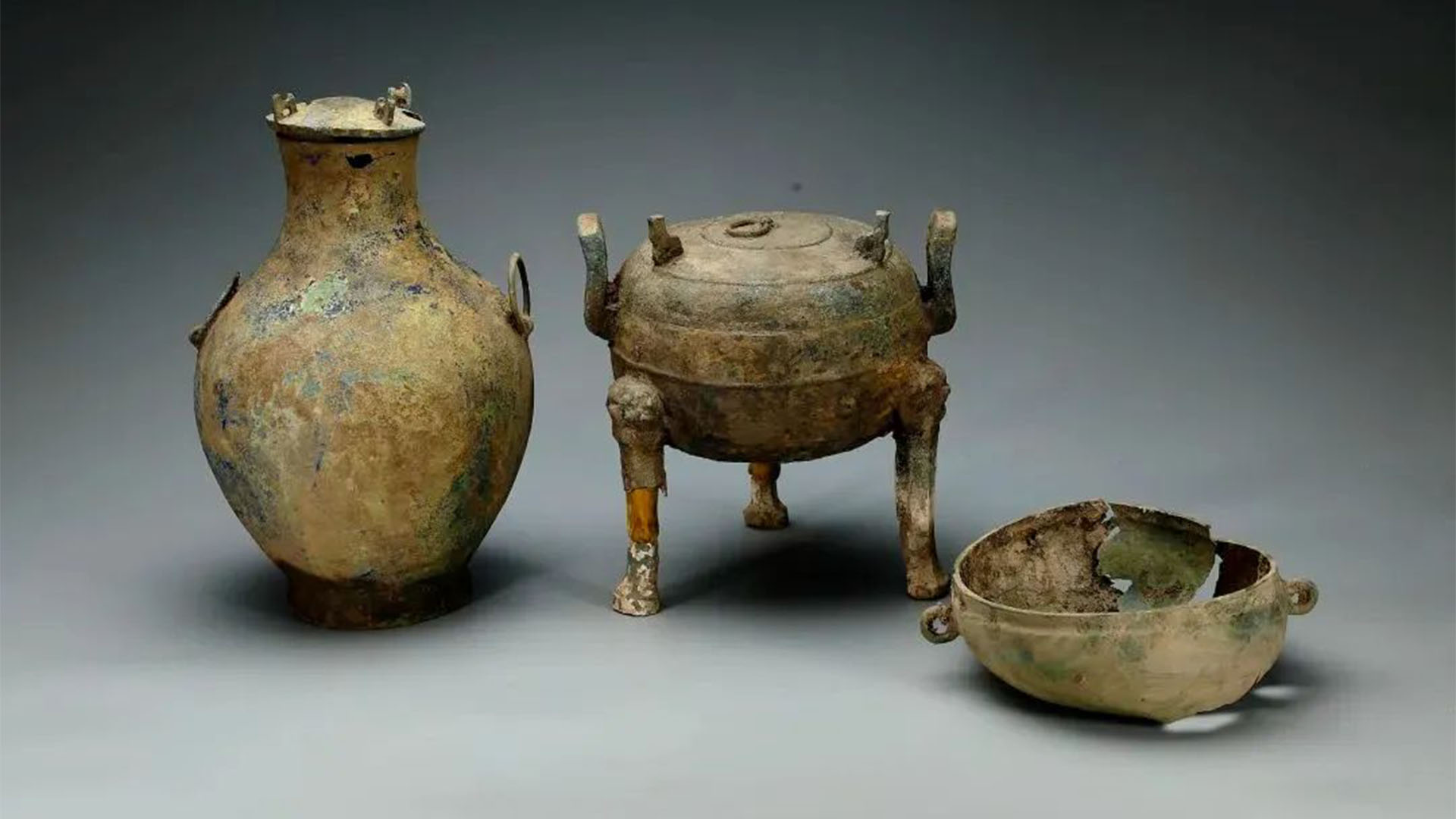
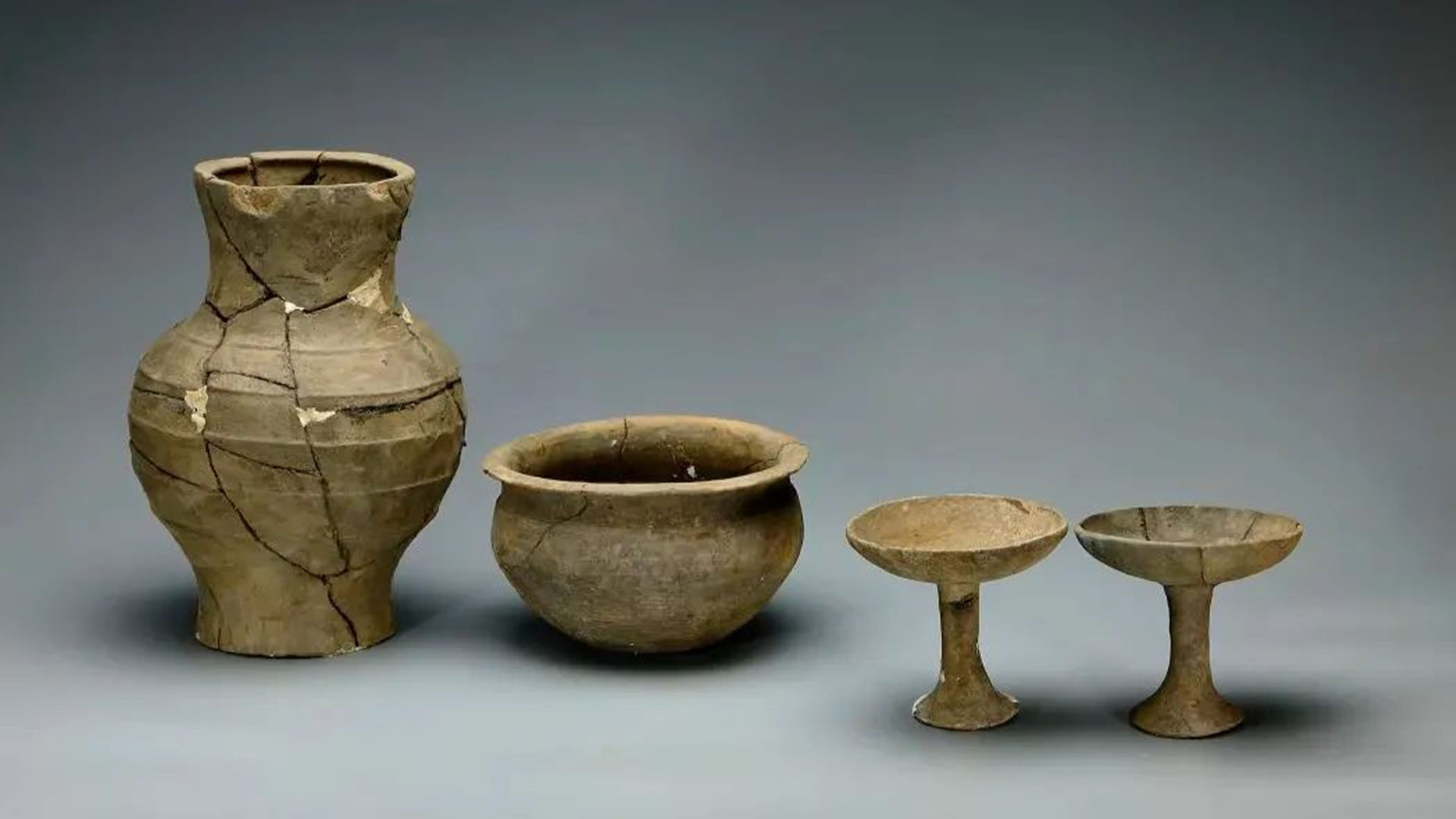
The Warring States period was a time of great change in the Xiangyang region, said Glenda Chao, an archaeologist and historian at Pennsylvania's Ursinus College who wasn't involved in the excavations.
"The middle to late Warring States period saw the political transition of this region from a previously autonomous polity by the name of Deng to a conquered territory under the expanding polity of Chu," she told Live Science in an email.
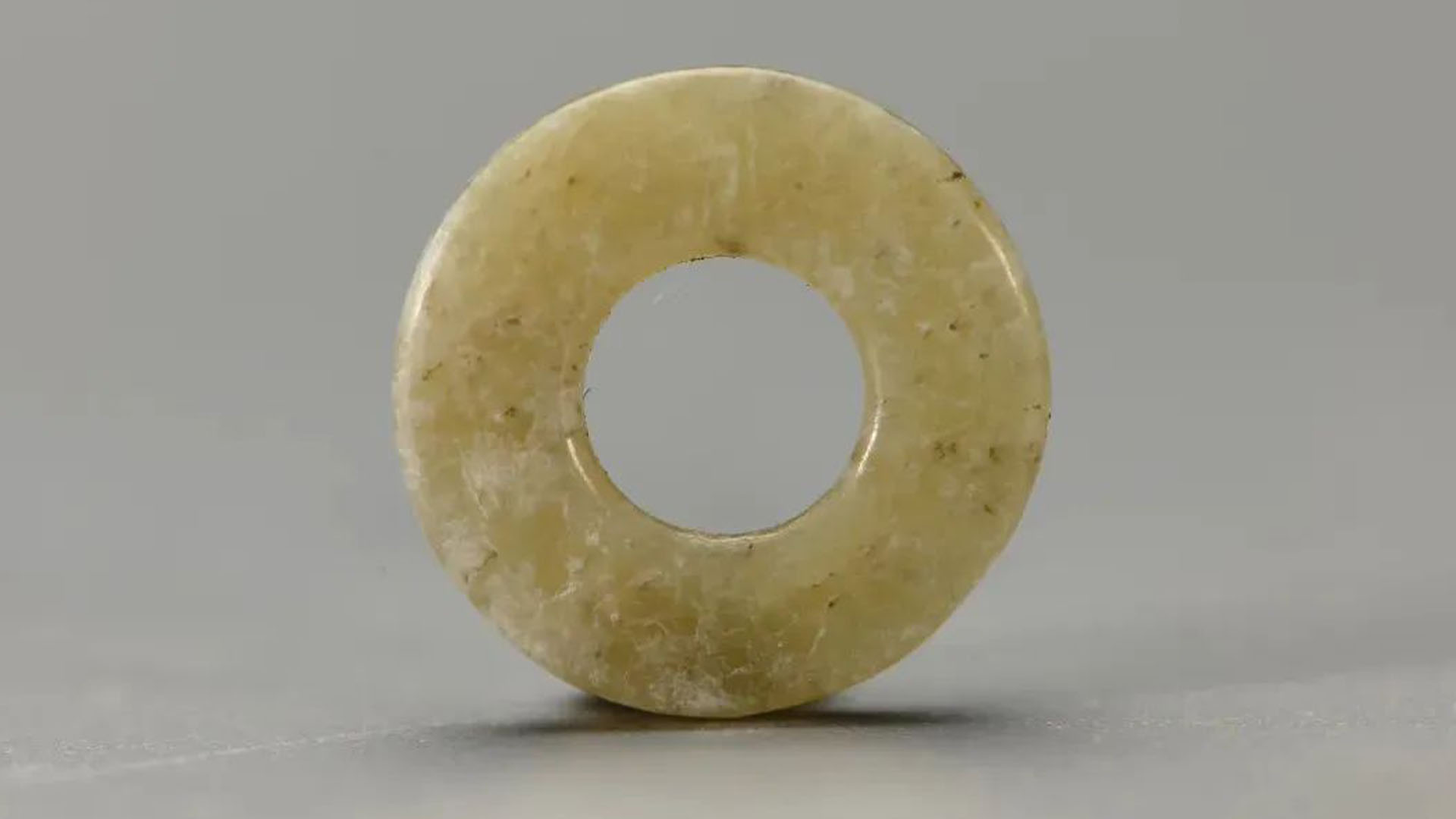
The cemetery finds will aid future studies of the time and place, as "a crucial inventory of information about how people who lived through this transition processed it culturally and socially at the local, community-based level," she said.
The relative sizes of the tombs, their architecture and the grave goods they contain clearly show different levels of social rank and wealth, which could help researchers determine the extent that mortuary practices reflected social organizations, she said. One large tomb contains a chariot and the skeletons of two horses. The archaeologists think these belonged to a nobleman of the highest social class.
According to the statement, the wooden chariot had two wheels, while the horse skeletons were found beside the wheels with their backs to each other and their heads to the north.
Historian E. Bruce Brooks, a research professor of Chinese at the University of Massachusetts Amherst and the director of the Warring States Project who also wasn't involved in the discoveries, told Live Science that the Chu state originally had a distinctive culture that it imposed on its conquered territory; but that by the fourth and third centuries B.C. the state was attempting to acquire northern culture, "so successfully that only a few words of Chu language now survive."
But he noted that nothing in the statement mentioned any distinctive Chu artifacts: "We wait with interest to see what the cultural orientation of those sites might be," he said in an email.







